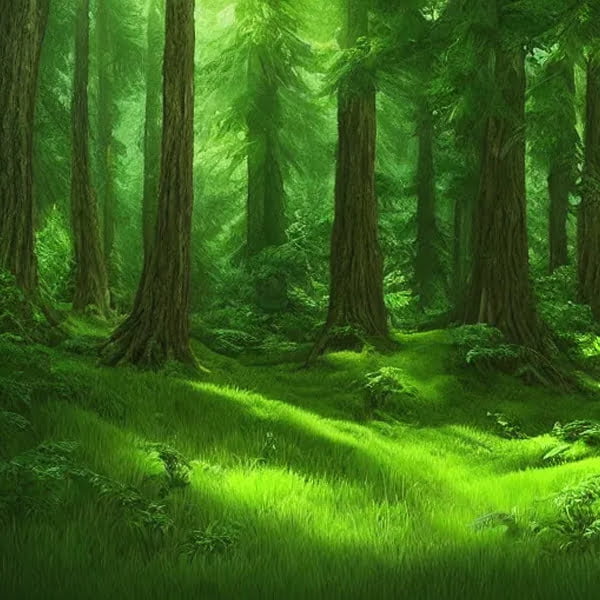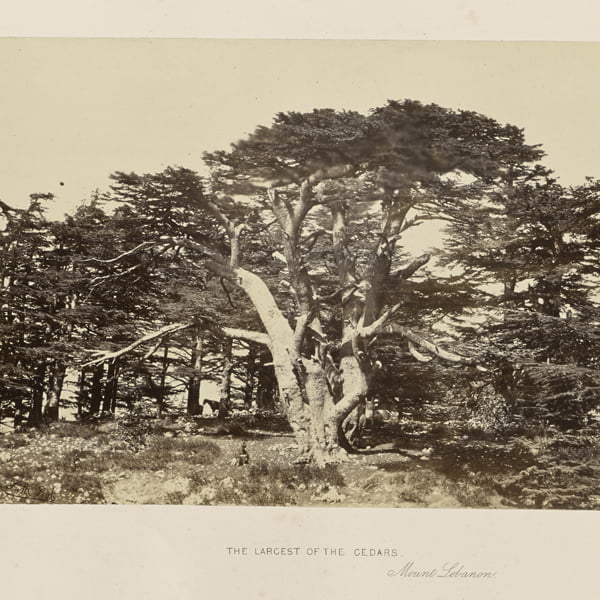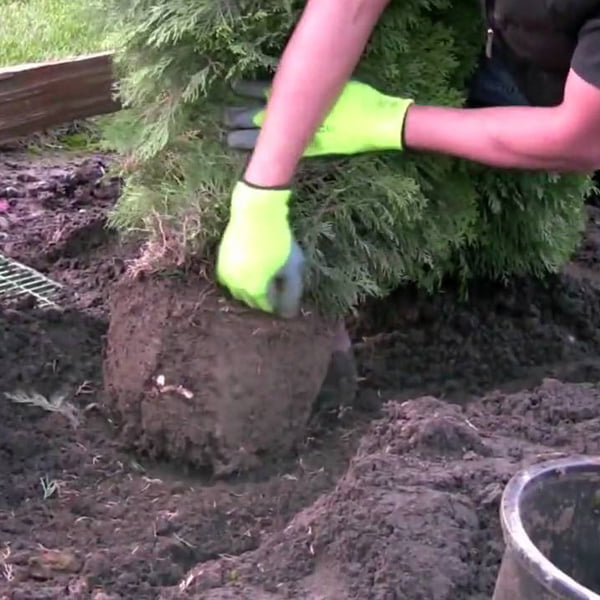Unveiling the Grandeur of Cedar Trees
Steeped in mystery and draped in the cloak of antiquity, cedar trees have not only been witnesses to the passage of time but have also played a pivotal role in shaping the ecological landscapes they inhabit.
With their majestic height and robust nature, cedars are more than just a symbol of strength and resilience; they are active contributors to ecological sustainability and biodiversity.
This blog delves deep into the history of cedar, exploring their indispensable role in our ecosystems and why their preservation is crucial for ecological health.

The Crucial Ecological Roles of Cedar Trees
Cedar trees contribute significantly to ecological stability and environmental health, making them essential players in their ecosystems.
1. Architects of Biodiversity
- Habitat Provision: Cedar forests are not just collections of trees but vibrant ecosystems that provide shelter, food, and breeding grounds for diverse wildlife species, including several that are endangered.
- Understory Growth and Diversity: The unique shade provided by cedar canopies creates a cooler, moist environment on the forest floor, enabling a variety of understory plants to thrive, which in turn supports a broader ecosystem.
2. Natural Climate Warriors
- Carbon Sequestration: Among their most vital roles is their ability to absorb significant amounts of carbon dioxide from the atmosphere, storing carbon in their extensive biomass.
- Temperature Regulation: The dense foliage and wide-spreading branches of cedars help moderate temperatures, providing essential cooling, which is particularly beneficial in urban heat island mitigation.
3. Guardians of the Water Cycle
- Enhancing Precipitation and Soil Moisture: Cedars play a crucial role in their local water cycles by contributing to cloud formation and precipitation through transpiration.
- Soil Stability and Erosion Control: The robust and deep root systems of cedar trees hold soil in place, preventing erosion, safeguarding water quality, and reducing the risk of landslides and flooding.
Discover the Role of Urban Greening with Cedar Trees
The Rich Historical Tapestry of Cedar
The history of cedar is woven into the fabric of various civilizations. It’s celebrated not only for its material value but also for its ecological importance.
- Ancient Civilizations’ Reliance on Cedar: Phoenicians and Egyptian cultures utilized cedar wood for building ships, temples, and even embalming practices. This historical use underscores cedar’s versatility and enduring value.
- Cultural Veneration and Protection: In many cultures, cedar trees have been venerated as sacred, often associated with gods and immortality. Such reverence has historically led to their protection and conservation, which has inadvertently preserved their ecological roles.

Global and Local Efforts in Cedar Conservation
Despite their resilience, many cedar species are now facing threats that require concerted conservation efforts.
- Challenges Facing Cedar Trees: Climate change, habitat loss, and overexploitation have all contributed to the declining health and number of cedar forests globally.
- Conservation Initiatives: Numerous international and local initiatives are focusing on the conservation of cedar trees through protective legislation. Reforestation projects and sustainable management practices aim at restoring and preserving these vital ecosystems.

How You Can Help in Cedar Preservation
Engaging in the preservation of cedar forests can be a rewarding endeavor. Here are some ways you can contribute:
- Supporting Conservation Programs: Whether through donations or volunteer work, supporting organizations dedicated to forest conservation can make a significant impact.
- Promoting Sustainable Practices: Advocate for and practice sustainability in your own life. Support sustainable wood products and reducing personal carbon footprints.
- Educational Outreach: Help raise awareness about the importance of cedars and forests in general. Educate others about their ecological roles and the threats they face.
Conclusion: Preserving the Legacy of Cedars for Future Generations
As we have seen, cedars are not merely trees; they are foundational to ecological health and environmental sustainability. Their preservation is not just about maintaining scenic landscapes but about ensuring the stability of local and global ecosystems. Understand and support the ongoing efforts to protect these magnificent trees. We can help maintain the balance of our planet’s environmental systems.

 Barrel Saunas
Barrel Saunas
